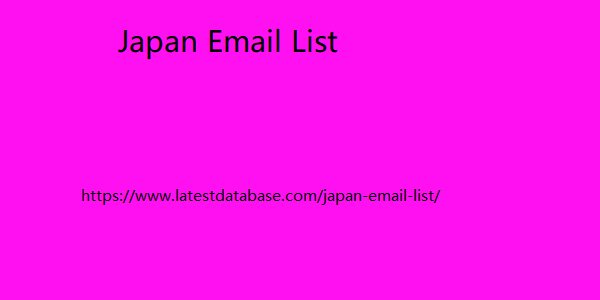|
|
The use of interaction between machines and groups of people (sometimes laypeople) to create knowledge and make more accurate predictions. As companies realize the possibilities that emerge by uniting the powers of machines and human beings, their skills will multiply. Chapter 4: architecture. Increasingly, technological architecture will have the level of flexibility and agility of living systems. For many organizations this begins with a process of digital decoupling that allows organizations to keep their current legacy systems working in parallel with new technologies, which often happens by moving company data into data lakes. In these lakes it is possible to obtain many analyses, visualizations and big-data processing that lead to better decisions. Furthermore, there is a tendency to structure systems into microservices instead of having just one large system that does everything and that needs to be restructured each time a new need emerges.
For this to happen properly, the structure needs to make use of cloud computing , which allows not only cost savings, but also broader possibilities for innovation. This is in line with the growing need for data processing power. The good news for all types of business is that computing resources are also increasingly available. Furthermore, the edge computing trend offers new possibilities that go beyond cloud Japan Email List computing in that they bring the data based on which decisions are made closer to the places where machines need to make such decisions. And when edge computing can make use of 5g networks, the potential for solutions grows exponentially. Chapter 5: strategy. The relationship between people and machines has been evolving and wee databases, but with the construction of the strategy still separate from execution; and the third wave, currently underway, is human-centered with machines adapting to us and where more and more technology, business strategies and execution become more interconnected to the point of becoming practically indistinguishable.

In this context, three strategic routes emerge with increasing strength: (1) forever beta, in which products continually evolve based on lessons learned, in real time, as customers use such products; (2) minimum viable idea in which the focus is on making use of intelligence, data, expertise and architecture technologies within what is possible and available and not looking for the ideal situation to start with; (3) collaboration between people and machines, with the latter enhancing the possibilities of the former’s skills. Part 2: competing in a radically human future the technologies and strategies presented in part one of this book need to be aimed at building differentiation in four critical areas for organizations to compete successfully in the radically human future: talents, trust, experiences and sustainability. Chapter 6: talent. Technology cannot be restricted to technical professionals in organizations. Everyone must be prepared to use technology as a lever for individual and collective performance.
|
|